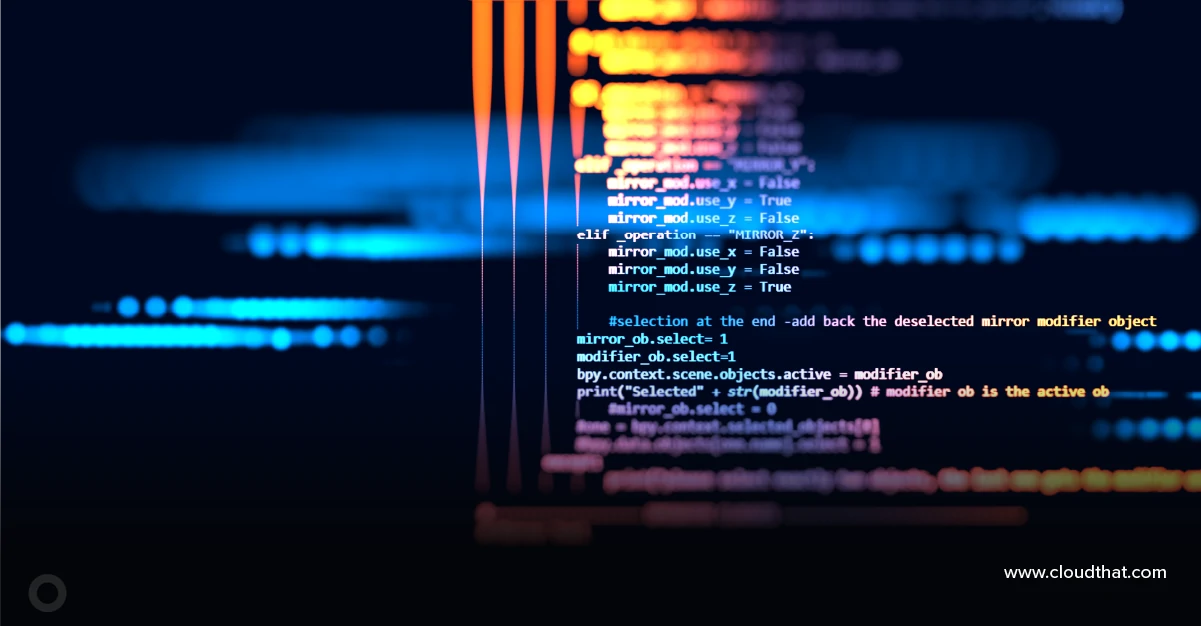|
Voiced by Amazon Polly |
Introduction:
Authentication and authorization are critical aspects of building secure and reliable backend systems. While authentication verifies users’ identities, authorization determines what actions users can perform within the system. In this comprehensive guide, we will delve deep into the importance of authentication and authorization, explore various strategies and best practices, and provide detailed implementation examples using popular authentication frameworks.
Implementation Examples:
- Implementing Token-Based Authentication with JWT:
- Generate JWT tokens upon successful authentication using a secure signing key.
- Validate JWT tokens on incoming requests to authenticate users and extract their identity.
- Set up middleware to protect routes and enforce authentication requirements.
- Integrating OAuth 2.0 Authentication with Third-Party Providers:
- Register your application with the OAuth provider and obtain client credentials (client ID and secret).
- Implement OAuth 2.0 authentication flow, including redirection to the provider’s authorization endpoint, token exchange, and user authentication.
- Use obtained access tokens to access protected resources on behalf of the user.
Best Practices:
- Use Strong Authentication Mechanisms:
Employ multi-factor authentication (MFA), enforce password complexity requirements, and securely store credentials using industry-standard hashing algorithms to protect user identities.
- Implement the Principle of Least Privilege:
Assign permissions to users based on the principle of least privilege, granting only the minimum level of access necessary to perform their tasks, and regularly review and update access permissions as needed.
- Secure Communications:
Utilize HTTPS for secure communication between clients and servers, encrypting data in transit to prevent eavesdropping and tampering with sensitive information.
- Regular Auditing and Monitoring:
Monitor user activity, log access events, and perform regular security audits to detect and respond to security incidents promptly, ensuring the integrity and compliance of the backend system.
Summary:
Authentication and authorization are fundamental components of backend systems, safeguarding sensitive data and resources from unauthorized access and activities. By implementing enhanced authentication and authorization mechanisms, organizations can enhance the security, integrity, and compliance of their backend systems, mitigating the risk of data breaches and ensuring the confidentiality and availability of critical information. Adhering to best practices and following industry standards in authentication and authorization is essential for building resilient and secure backend systems in today’s dynamic and interconnected digital landscape.
Want to save money on IT costs?
- Migrate to cloud without hassles
- Save up to 60%
About CloudThat
CloudThat is an award-winning company and the first in India to offer cloud training and consulting services worldwide. As a Microsoft Solutions Partner, AWS Advanced Tier Training Partner, and Google Cloud Platform Partner, CloudThat has empowered over 850,000 professionals through 600+ cloud certifications winning global recognition for its training excellence including 20 MCT Trainers in Microsoft’s Global Top 100 and an impressive 12 awards in the last 8 years. CloudThat specializes in Cloud Migration, Data Platforms, DevOps, IoT, and cutting-edge technologies like Gen AI & AI/ML. It has delivered over 500 consulting projects for 250+ organizations in 30+ countries as it continues to empower professionals and enterprises to thrive in the digital-first world.
FAQs
1. What is OAuth 2.0 used for?
ANS: – OAuth 2.0 is an industry-standard protocol for delegated authorization, commonly used to grant third-party applications access to user resources without sharing credentials.
2. 2. What is the primary goal of implementing multi-factor authentication (MFA)?
ANS: – MFA enhances security by requiring users to provide multiple verification forms, such as passwords, security tokens, or biometric data, before accessing sensitive resources.
3. What are the benefits of using HTTPS?
ANS: – HTTPS encrypts data transmitted between clients and servers, preventing eavesdropping and tampering with sensitive information.

WRITTEN BY Imraan Pattan
Imraan is a Software Developer working with CloudThat Technologies. He has worked on Python Projects using the Flask framework. He is interested in participating in competitive programming challenges and Hackathons. He loves programming and likes to explore different functionalities for creating backend applications.


 Login
Login


 March 22, 2024
March 22, 2024 PREV
PREV











Comments